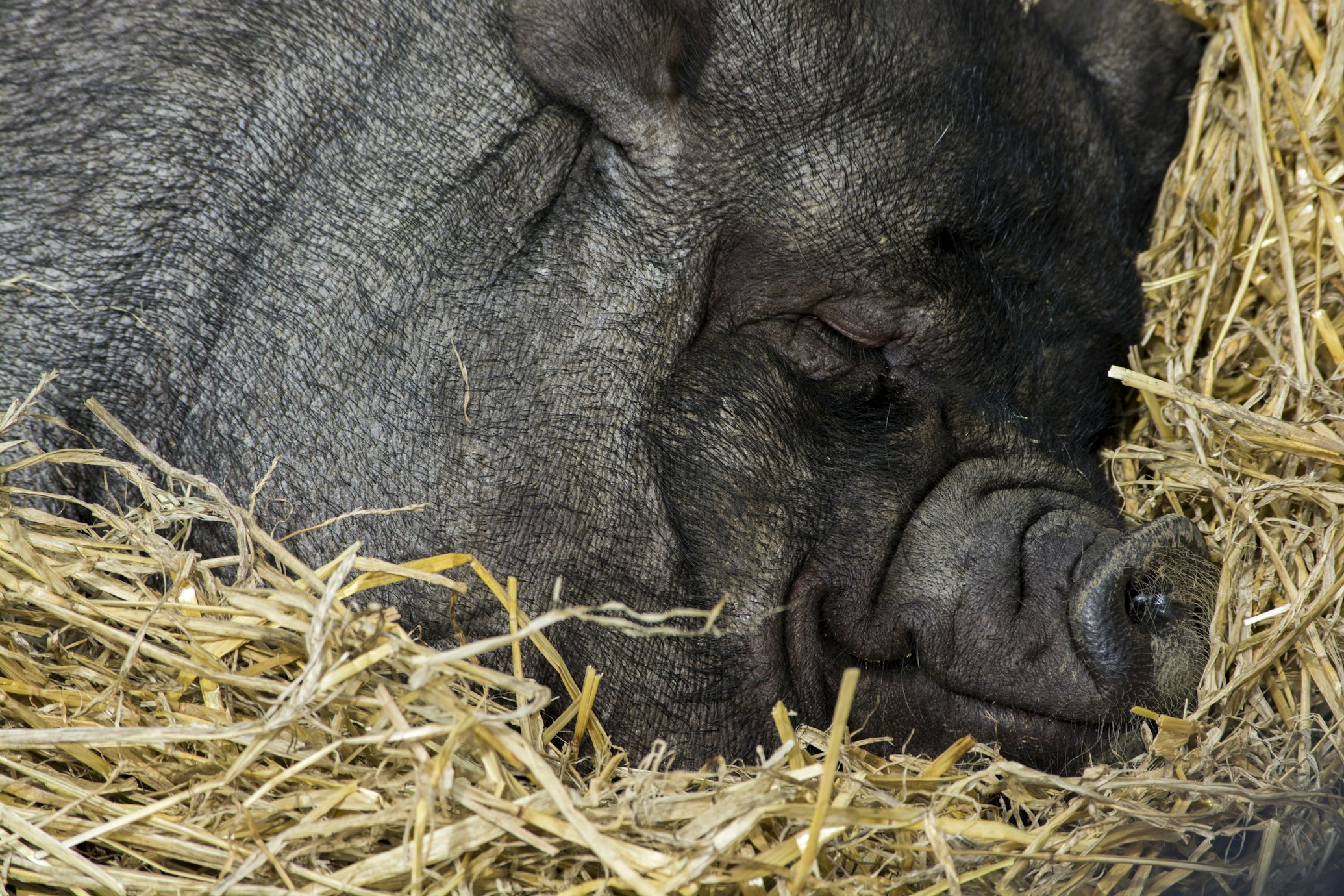How To Say “Cheese” In Different Languages

Unsplash: Azzedine Rouichi
I have always loved cheese. I don’t know when my love for cheese started. But I just know that I have always loved cheese. I don’t care that cheese sometimes smells. I don’t care that cheese is sometimes wet and sticky. I just care about my favorite types of cheese and the other types of cheese that I want to try.
Oh and I also very much care about what cheese is called in other languages because how am I supposed to ask for cheese all over the world if I don't know what they are called by the locals. In a way, I guess cheese would be fine to say. But it would be nicer to know just how cheese is called in other parts of the world. What do you think?
On another note, there are thousands of different cheeses all over the world. It is also safe to say that cheese is very old, about 8,000 to 10,000 years old. I did not make that up. The cheese professionals and scientists did from their research and cheese historical discoveries. Okay, now back to getting to know what cheese is called in different languages.
.
- English: cheese (chees)
- French: fromage (froh-mahj)
- German: Käse (kay-zuh)
- Filipino: keso (ke-so)
- Italian: formaggio (for-mah-joh)
- Spanish: queso (ke-so)
- Dutch: kaas (kaas)
- Brazilian Portuguese: queijo (kay-zho)
- European Portuguese: queijo (kay-zho)
- Russian: сыр (seer)
- Swahili: jibini (yee-bee-nee)
- Afrikaans: kaas (kaas)
- Korean: 치즈 (chijeu)
- Japanese: チーズ (chīzu)
- Mandarin Chinese: 奶酪 (nǎilào)
- Polish: ser (sehr)
- Danish: ost (ost)
- Swedish: ost (ost)
- Norwegian: ost (ost)
- Finnish: juusto (yoo-stoh)
- Vietnamese: phô mai (foh my)
- Ukrainian: сир (sihr)
- Icelandic: ostur (oh-stur)
- Hindi: पनीर (pah-neer)
- Hungarian: sajt (shyt)
- Esperanto: fromaĝo (froh-mah-joh)
- Indonesian: keju (kay-joo)


